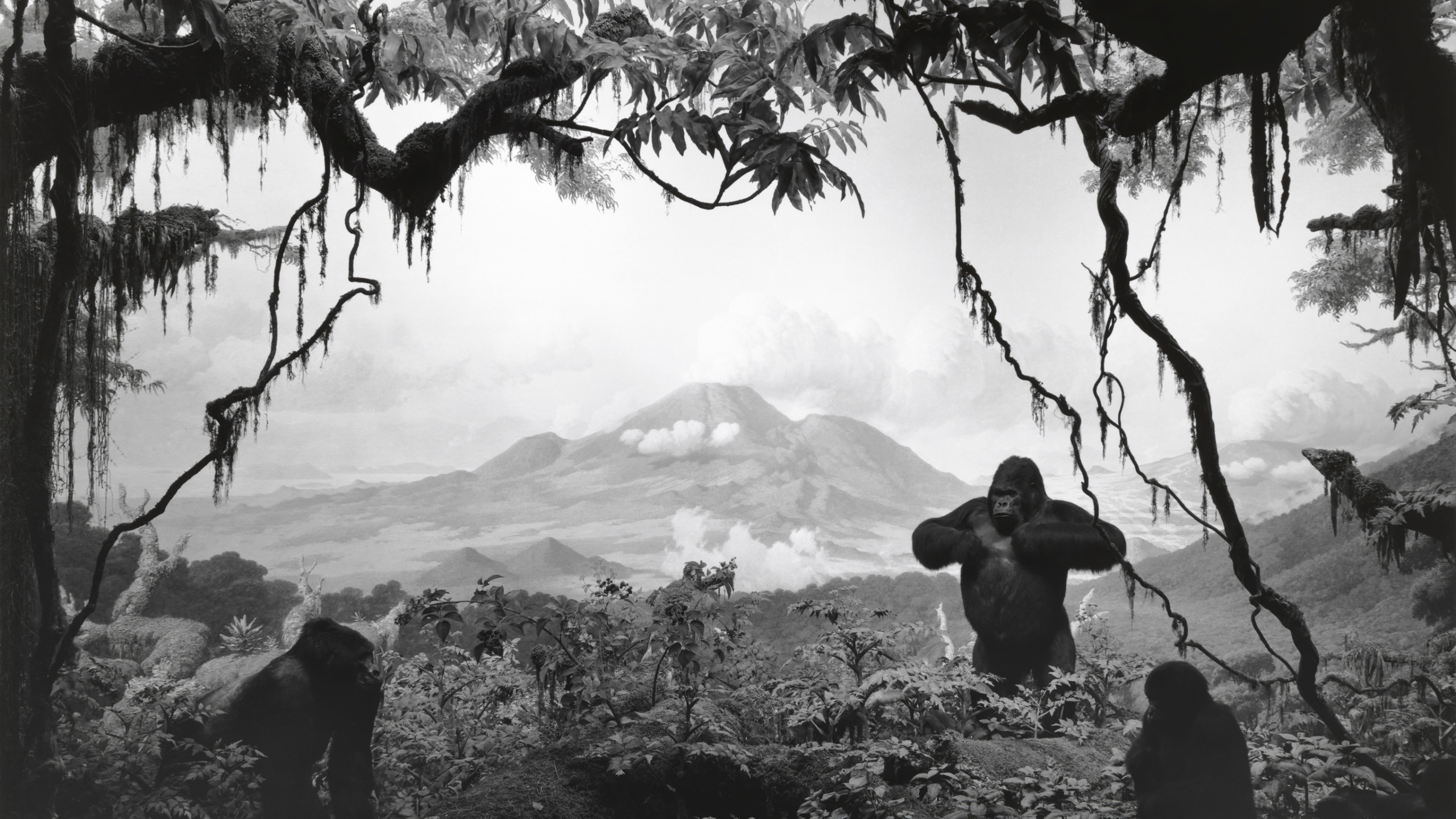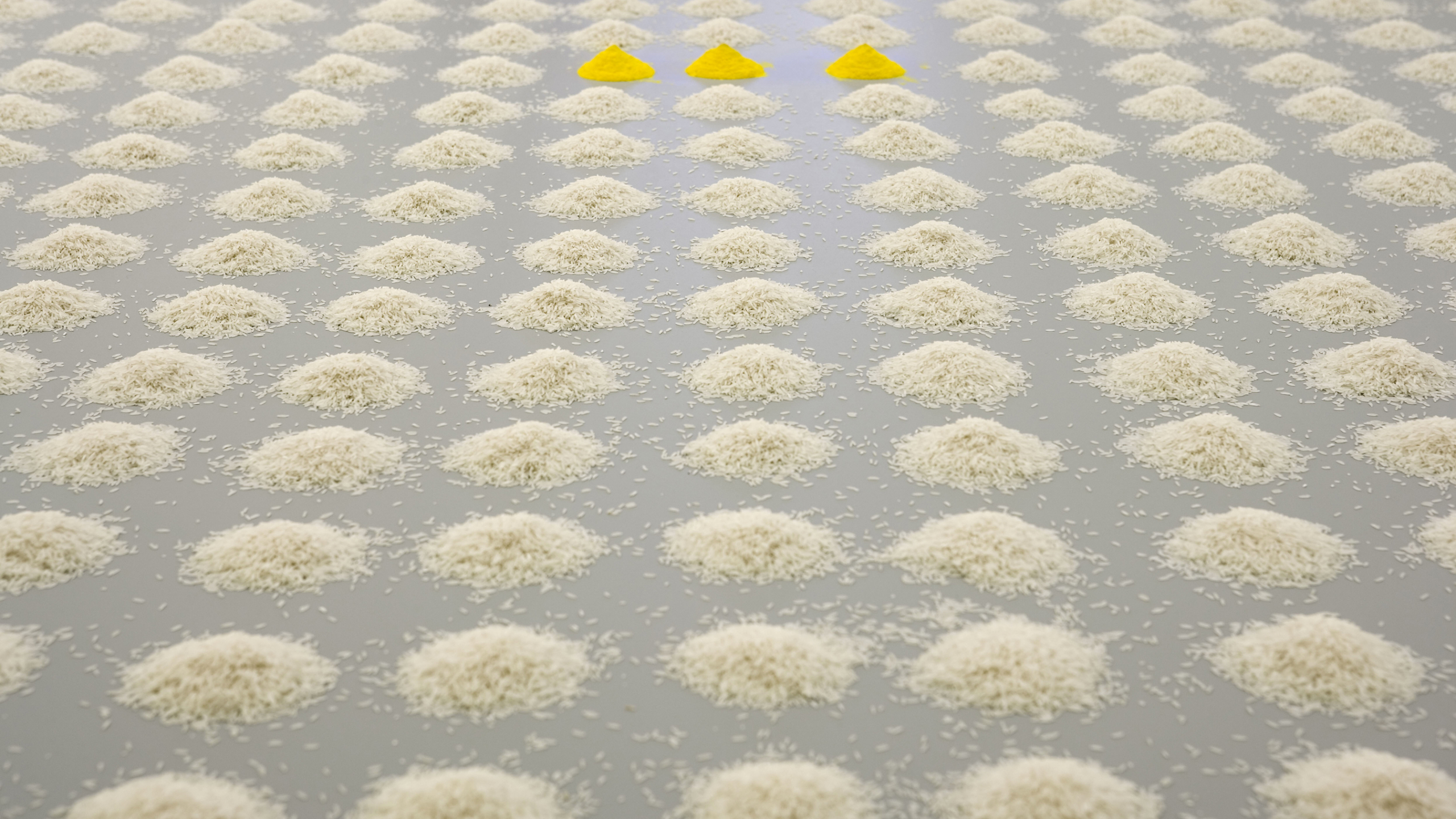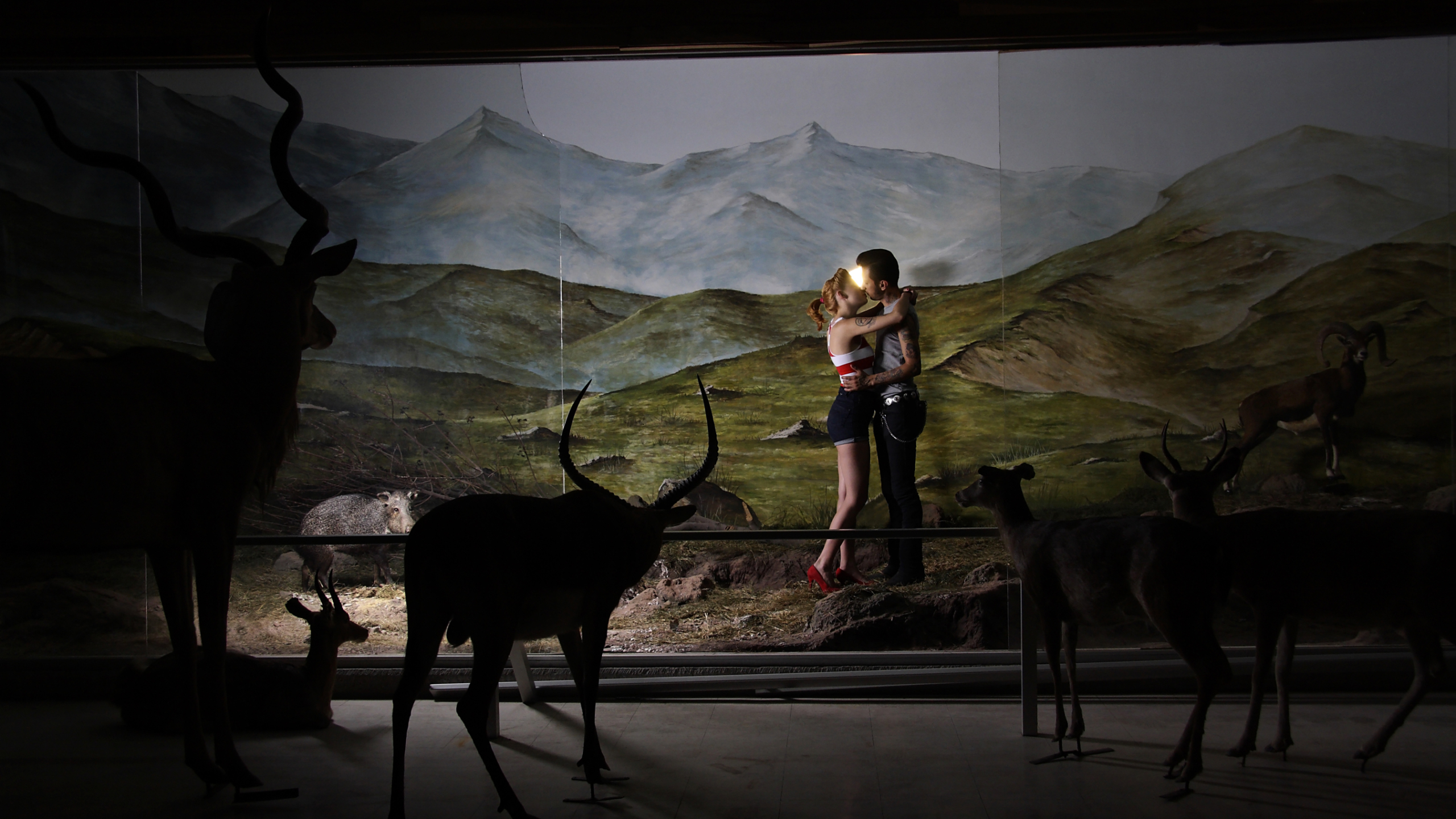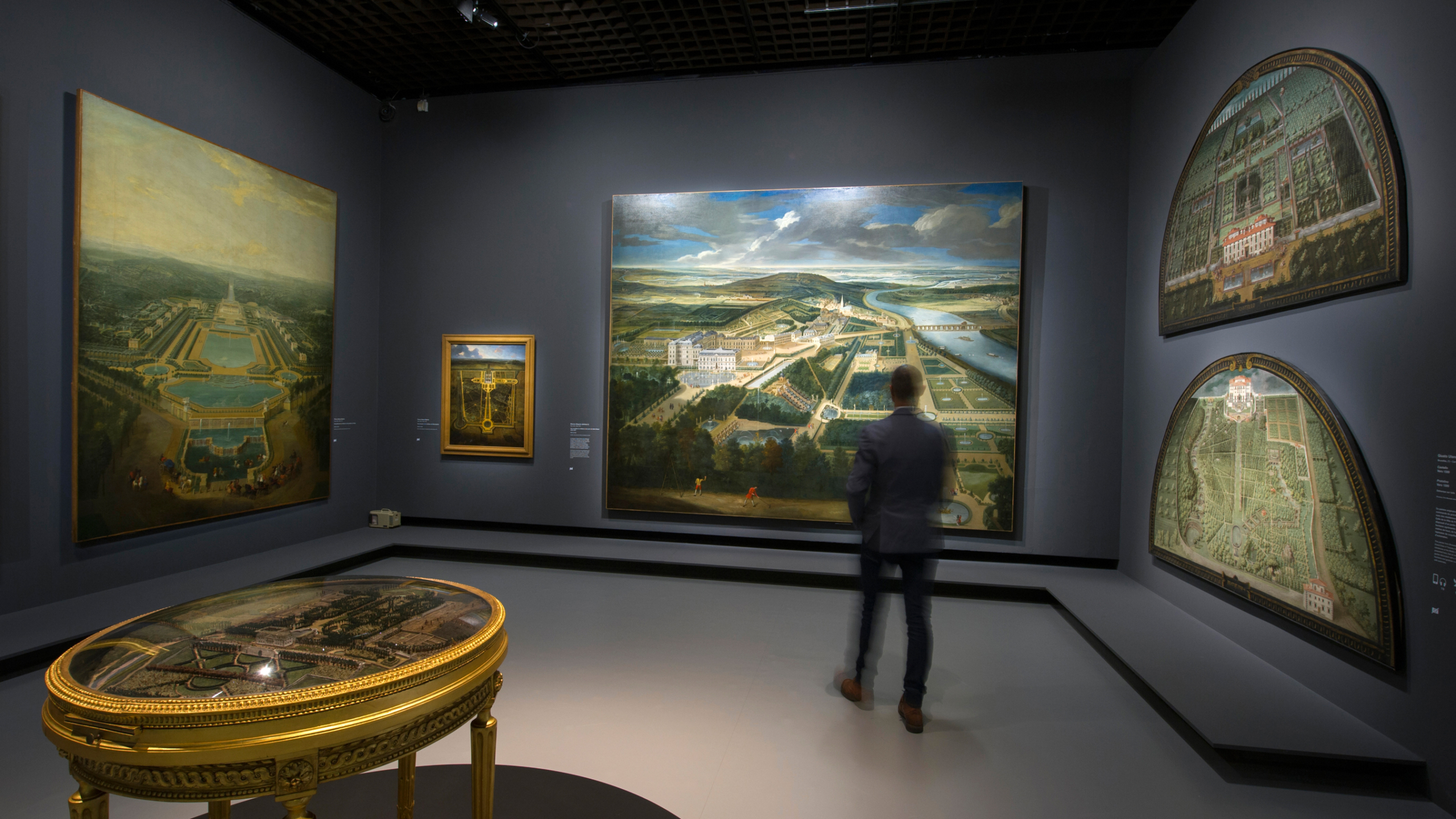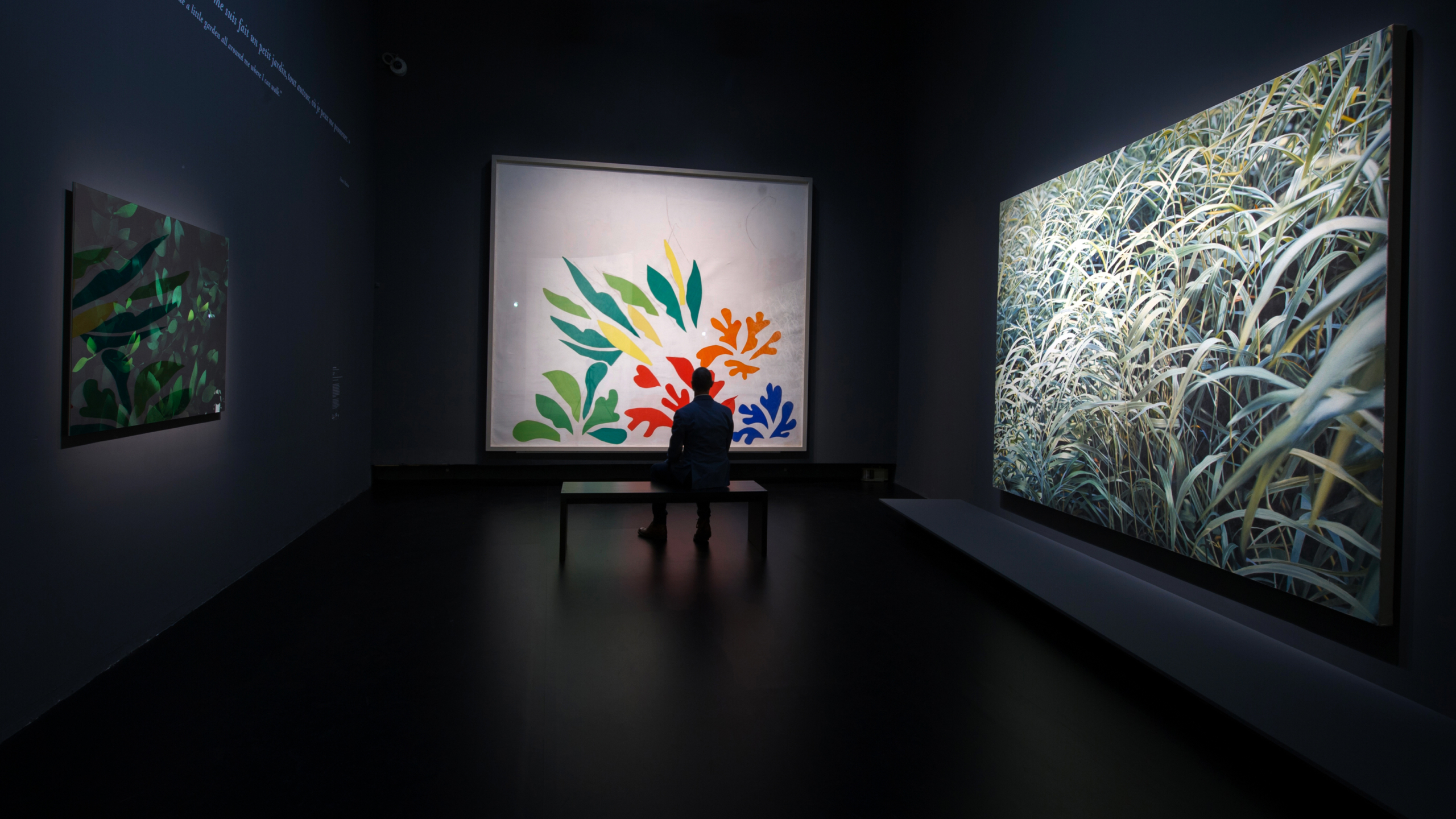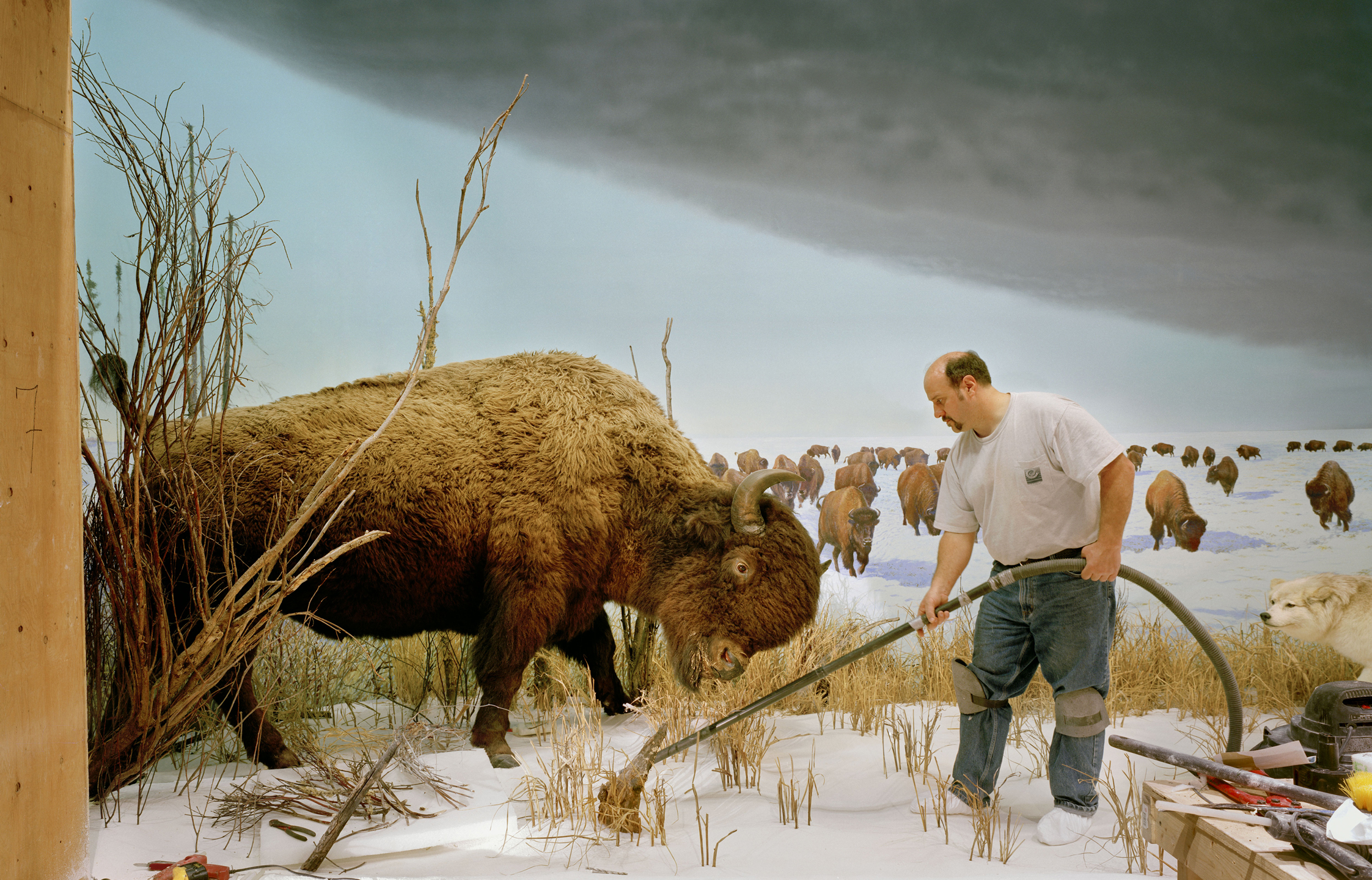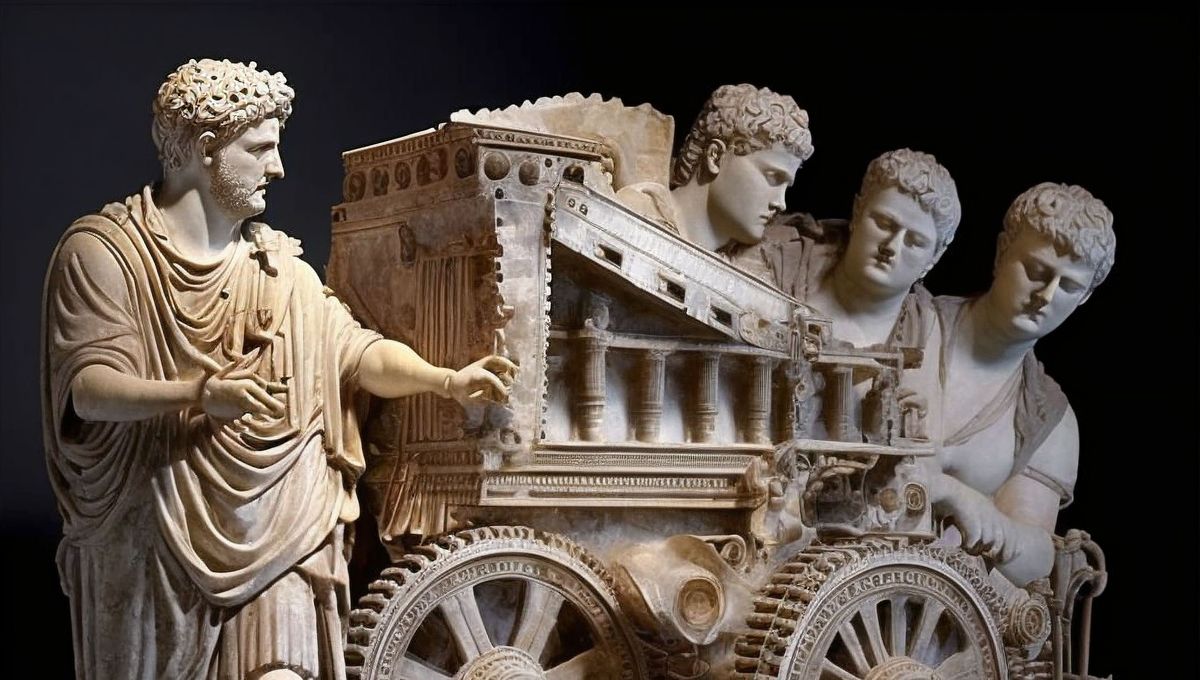The concurrence of the Dioramas and Jardins exhibitions begs the question of whether the latter isn’t ultimately the diorama of a garden? Perhaps you could begin by reminding us what the term means?
We can indeed approach the Jardins exhibition as a diorama, and in a certain way the Dioramas exhibition as a large garden, even though it only presents a small amount of vegetation. It was purely accidental that I came to be curating the two exhibitions at the same time in Paris, and it is even more surprising that they both deal with the same story. They are two exhibitions that I would qualify as impossible, touching upon subjects connected to the in situ and thus the unmovable. The garden is unmovable by definition—even though there are ephemeral gardens, whose “fashionable” side is open to discussion—and the diorama itself remains difficult to move because of its original architecture. The challenge posed by these two projects was, as such, very attractive.
An heterotopia suitable for the vagabondage
For Dioramas as for Jardins, the issue was to move through the screen. Etymologically speaking, diorama means to “see through.” Summarizing this notion in a few words is a difficult exercise, as it has evolved a lot since it was invented by Louis Daguerre in 1822. A stretched canvas in the beginning, painted on both sides and slightly translucent—in such a way that the variations in light could bring it to life—little by little it was accompanied by three-dimensional elements to create a sort of visual continuity and emphasize the illusion. At the end of the nineteenth century, a new formula appeared in museums in Nordic countries, with systems for presenting characters and animals in their reconstituted original environment. Three elements make it up: a painted background, often a slightly curved canvas—the reason why we often confuse panorama and diorama; real and artificial elements—sometimes dried plants, sometimes characters made from wax or stuffed animals that make the reconstituted world more concrete; and then, in front of all of this, a display window that creates a frontal aspect and moves the diorama closer to the commercial world.
So you are operating between frontality and interiority?
This is indeed the effect being sought, in particular in the Jardins exhibition. The second phase of the exhibition, that we could qualify as post-modern, seeks to anchor the garden in the contemporary world, by cutting the large thread of History so as to open up other possibilities. Only representations of real gardens are presented, but the spectator wanders among them as if in a real garden.
Isn’t the art of the garden itself a museumization of nature, in the sense that it proposes a representation of it, an organized collection of its subjects within a closed space?
Basically, the museum, like the garden, is a place of pleasure and knowledge where body and mind wander. It is what Aragon expressed in this superb phrase: “Everything that is of the mislaid, of the vagabond in the human being, can be reduced to one word: garden.”
